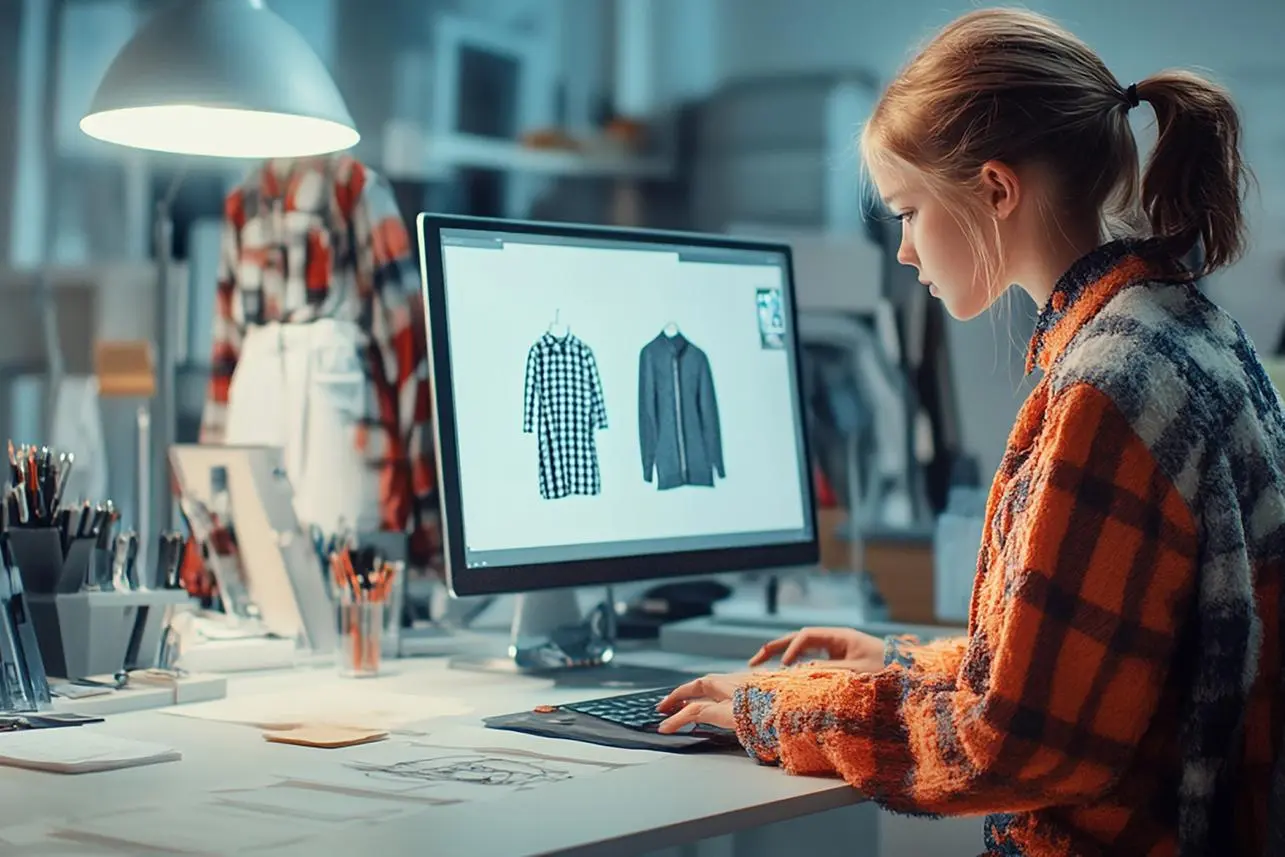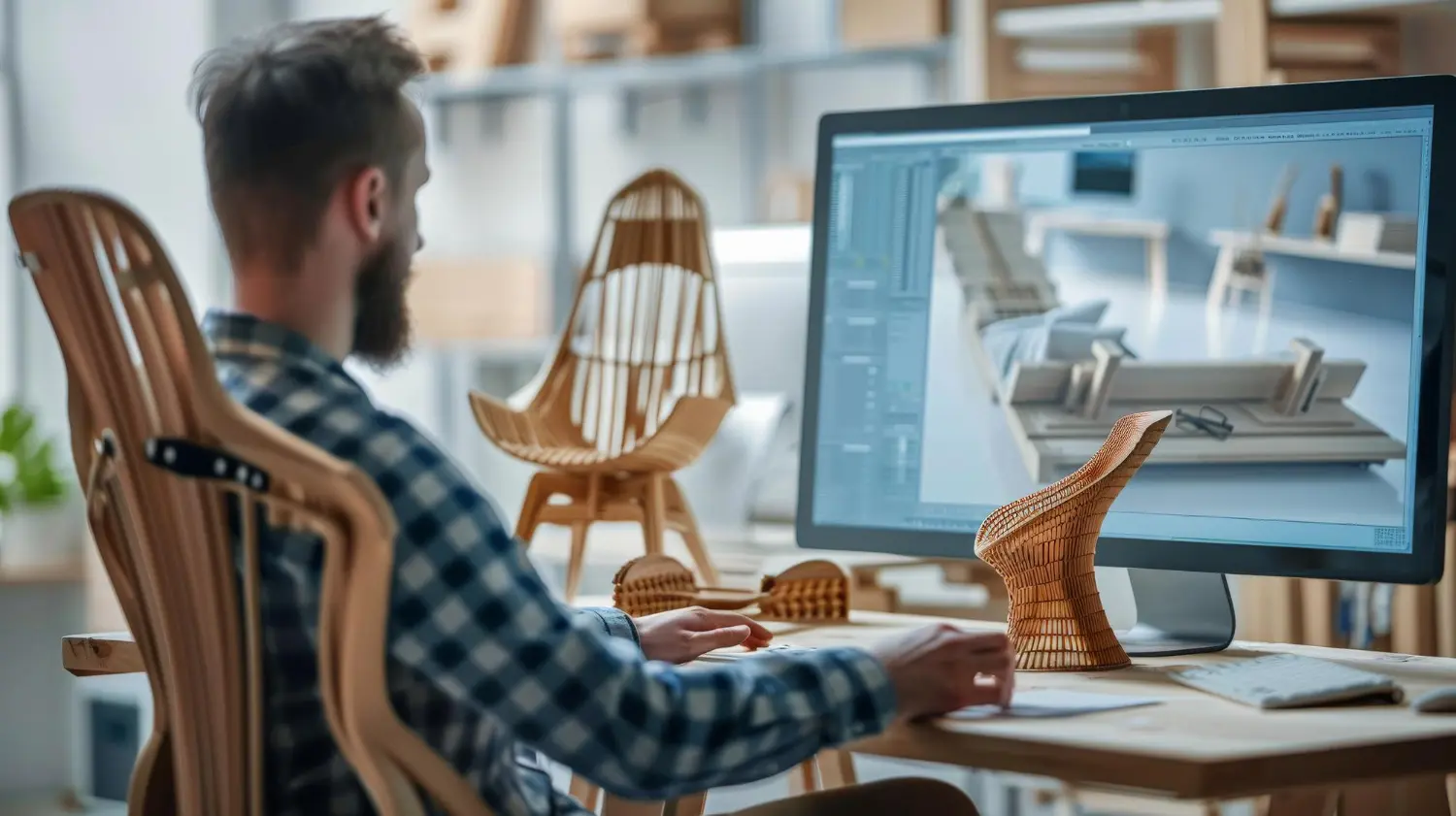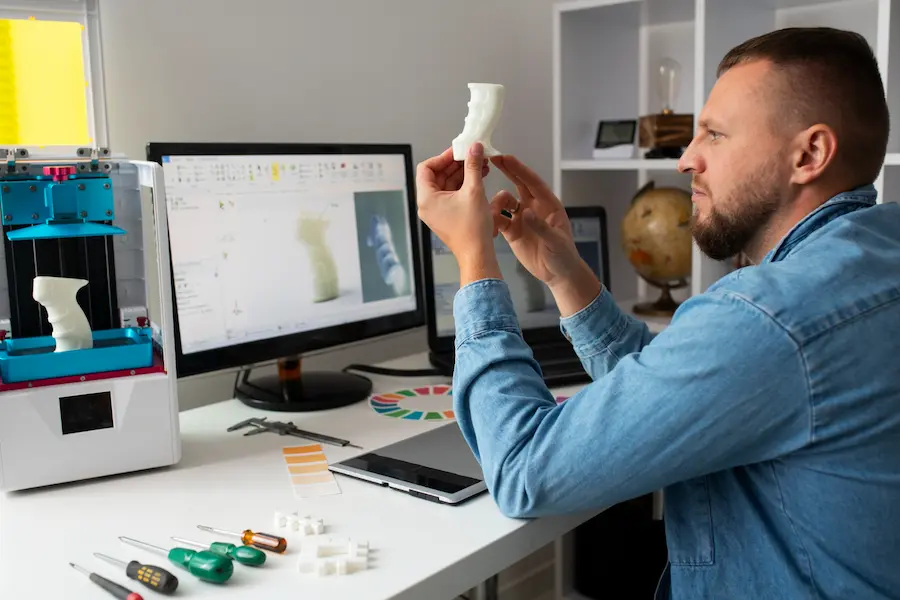Product configurators have cemented their place as essential tools for businesses, allowing customers to personalize products to their specifications. These tools are being used in plenty of industries to improve customer engagement, satisfaction, and production processes. In this article, we'll explore some of the best examples from well-known brands, demonstrating how these businesses are using product configurators to improve their eCommerce.
What is product configuration?
Product configuration is a system that empowers customers to edit products in real time before making a purchase. This process often involves selecting from a variety of options, like colors, materials, sizes, and additional features within an interactive platform. The aim is to craft a personalized product that aligns perfectly with the customer’s specific tastes.
A product configurator is the software that drives this customization process. It allows customers to see their choices live, often using 3D models or other visual aids. This interactive method not only enriches the shopping experience but also aids customers in making well-informed decisions by clearly showing them how each choice will shape the final product. As eCommerce continues to grow, product configuration has become increasingly important, since it offers a level of personalization that was once the responsibility of brick-and-mortar stores.

Best product configurator examples in 2024
Below are some of the top product configurator examples from leading brands that have successfully implemented these tools to offer personalized experiences to their customers.
BMW: luxury cars configurator
BMW has taken vehicle customization to a new level with its advanced 3D product configurator. This tool lets customers personalize every aspect of their vehicle, from the exterior color and wheels to the interior trims and technology features. The configurator also integrates Augmented Reality, which lets users look at their customized vehicle in real-world settings through their handheld devices. This immersive experience makes it easier for customers to envision their dream car and fosters a deeper connection to the brand.
In addition to customization options, BMW’s configurator provides technical information and performance data for each model. Customers can explore different engines, compare fuel ranges, and see how various configurations affect the vehicle's driving dynamics. This level of transparency helps customers make informed decisions and enhances their overall purchasing experience.
Nike: shoe configurator
Nike's "Nike By You" platform allows customers to create their own custom sneakers. Users can choose from a wide range of design elements, including the type of material, colors, and even personalized text to be embroidered on the shoes. The configurator provides a full view of the product model, letting customers spin their shoes to see how they will look from every angle. This level of personalization has helped Nike maintain its reputation as a leader in lifestyle footwear.
The Nike By You configurator also lets users select different performance features based on their specific athletic needs. For example, customers can choose different types of soles for enhanced grip on the road, cushioning levels for more comfort, and materials that offer increased durability or breathability. This makes the configurator not only a tool for aesthetic customization but also a means to optimize the product's functionality for the customer’s personal needs. Once designed, users can share their personal creations on social media, adding a community aspect to the experience.
IKEA: upholstery furniture configurator
IKEA's 3D product configurator for furniture, particularly sofas, allows customers to design their perfect piece by selecting from various fabrics, colors, and configurations. The tool provides a realistic visualization of the customized furniture, helping customers make confident purchasing decisions. IKEA’s configurator is available both on their website and in their physical locations, making it easy for customers to play around with different designs and configurations before finalizing their order.
Beyond sofas, IKEA's configurator covers a range of furniture items, including wardrobes, beds, and kitchen cabinets. Interestingly, customers can even mix and match different components to create furniture that fits perfectly within their space. Additionally, IKEA’s configurator includes a room planner feature that allows customers to visualize their entire space with the configured furniture, ensuring that everything fits and matches as intended.
Rolex: online watch configurator
Rolex offers a sophisticated product configurator that lets customers design their own luxury watches. The configurator includes options for different materials, dial colors, and bracelet types, allowing users to create a watch that reflects their personal style. This tool not only enhances the shopping experience but also adds an element of exclusivity, as customers can create a truly unique timepiece.
The Rolex configurator also includes an engraving option, allowing customers to personalize their watch with initials, dates, or special messages. Additionally, the configurator provides a detailed overview of each selected feature, including the type of materials used and their durability. For those interested in the technical aspects, the tool offers insights into the watch’s movement, water resistance, and other specifications. This comprehensive approach ensures that customers are fully informed about their purchase, showcasing the brand’s commitment to quality and luxury.
Tesla: electric vehicles configurator
Tesla's online configurator allows customers to build their dream electric vehicle from the ground up. Users can select the model, color, interior features, and even add advanced options like Autopilot. The configurator provides real-time updates on pricing and estimated delivery times, making the process transparent and comfortable for customers. Tesla’s configurator is a prime example of how technology can simplify purchasing decisions.
Tesla’s configurator also offers a unique feature where users can compare different configurations face to face. This allows customers to evaluate how different options, such as battery size or wheel type, impact the vehicle’s range, performance, and overall cost. Additionally, the configurator provides environmental impact data, showing how each model and configuration compares in terms of carbon footprint and energy efficiency. This feature aligns with Tesla’s mission to promote sustainable energy and gives customers the information they need to make eco-conscious choices.

Fender: interactive guitar configurator
Fender’s Mod Shop allows guitar enthusiasts to customize their instruments to their exact specifications. Users can choose from different body shapes, colors, pickups, and other components. The configurator offers a real-time preview of the guitar, ensuring that customers can see how their choices come together to create a unique instrument.
The Fender Mod Shop configurator also includes options for customizing the hardware, such as tuning pegs, bridge type, and even the material of the pickguard. Musicians can tailor their guitars not just aesthetically but also in terms of sound and playability, choosing components that influence the tone and feel of the instrument. The configurator also allows users to name their custom guitar and includes an option to add personalized engravings, making each instrument truly one-of-a-kind. This extensive level of customization appeals to both professional musicians and hobbyists who want a guitar that reflects their individual style and sound.
O Bag: bag 3D configurator
O Bag's configurator enables customers to design their own bags by choosing the body, handles, and accessories. This tool is particularly popular for its easy to use interface and the wide range of customizable options. The 3D visualization helps users see their design from all angles, ensuring that they are satisfied with their creation before purchasing.
The O Bag configurator also allows users to choose from various limited-edition colors and patterns that are released seasonally. This keeps the product offerings fresh and encourages customers to return to the site to check out the latest options. Additionally, shoppers are able to customize the interior of their bags, adding accent colors and different pockets and dividers for their belongings. Customers can also select different closure types, such as zippers or magnetic snaps, to further personalize their bag’s functionality.
Adidas: custom uniforms configurator
Adidas offers a configurator that allows teams and individuals to design custom uniforms. Users can select colors, add logos, and choose from various styles, creating a uniform that represents their team’s identity. This tool is particularly useful for sports teams looking to stand out on the field.
The Adidas uniform configurator also allows for the customization of each player’s name and number, making it easy to create a fully personalized team kit. As for functionality, the tool allows customers to choose the ideal materials for their uniform, whether that be moisture wicking fabric for high intensity sports, or lighter, looser materials for leisure wear purposes. The configurator also includes a preview feature that shows how the uniforms will look during different weather conditions, helping teams make informed decisions about their gear.
Eoniq: luxury watches configurator
Eoniq offers a detailed configurator for designing custom luxury watches. Customers can choose every detail, from the case material to the dial design, and even add personalized engravings. The configurator’s user-friendly interface and high-quality 3D visuals make it easy for customers to create a watch that reflects their style.
Eoniq’s configurator also allows users to select from a range of movements, including automatic and quartz, depending on their preference for accuracy or tradition. Customers can also opt for different strap materials, such as leather or metal, and customize the buckle type. The configurator even provides options for selecting the color and style of the watch’s hands, giving users complete control over the final design. This level of customization is complemented by the ability to preview the watch in various lighting conditions, ensuring that it meets the customer’s expectations.
Herman Miller: office furniture configurator
Herman Miller’s configurator allows customers to design their office chairs and other furniture pieces, selecting from various fabrics, finishes, and ergonomic options. The configurator gives a 360-degree view of the product, helping customers ensure that their selections meet all their needs before completing the purchase.
In addition to standard options, the Herman Miller configurator includes ergonomic features, such as adjustable lumbar support, seat depth, and armrest height. Users can change their office chairs to make sure it matches their body type and work habits, ensuring maximum comfort and productivity. The configurator also offers sustainable material options, allowing customers to choose eco-friendly fabrics and finishes that align with their values. Once the design is complete, the configurator provides an estimated delivery time and a breakdown of the cost, helping customers ensure the product matches their budget.
Benefits of using a product configurator
Implementing a product configurator offers numerous benefits for both businesses and customers. For businesses, these tools can cause higher customer satisfaction, increased sales, and improved brand loyalty. By allowing customers to personalize products, businesses can separate themselves from other businesses and offer unique value propositions.
For customers, the benefits are equally significant. A visual product configurator provides a more engaging shopping experience by allowing users to interact with products before purchasing. This interactivity can reduce the likelihood of returns, as customers are more likely to be satisfied with a product they’ve customized to their exact specifications.
Moreover, product configurators can streamline the production process by making sure that orders are edited to customer preferences, reducing waste and inefficiencies. This not only benefits the environment but also helps businesses optimize their inventory and supply chain management.
Conclusion
Product configurators are powerful tools that enhance the shopping experience by allowing customers to personalize products to their specifications. The product configurator examples discussed in this article demonstrate how leading brands are using these tools to offer unique and engaging customer experiences. Whether it’s designing a custom car, watch, or piece of furniture, product configurators provide an innovative way to meet customer needs and stay competitive in a rapidly evolving market. Get in touch with us today to learn more about how to uniquely incorporate 3D configurators into your business.





